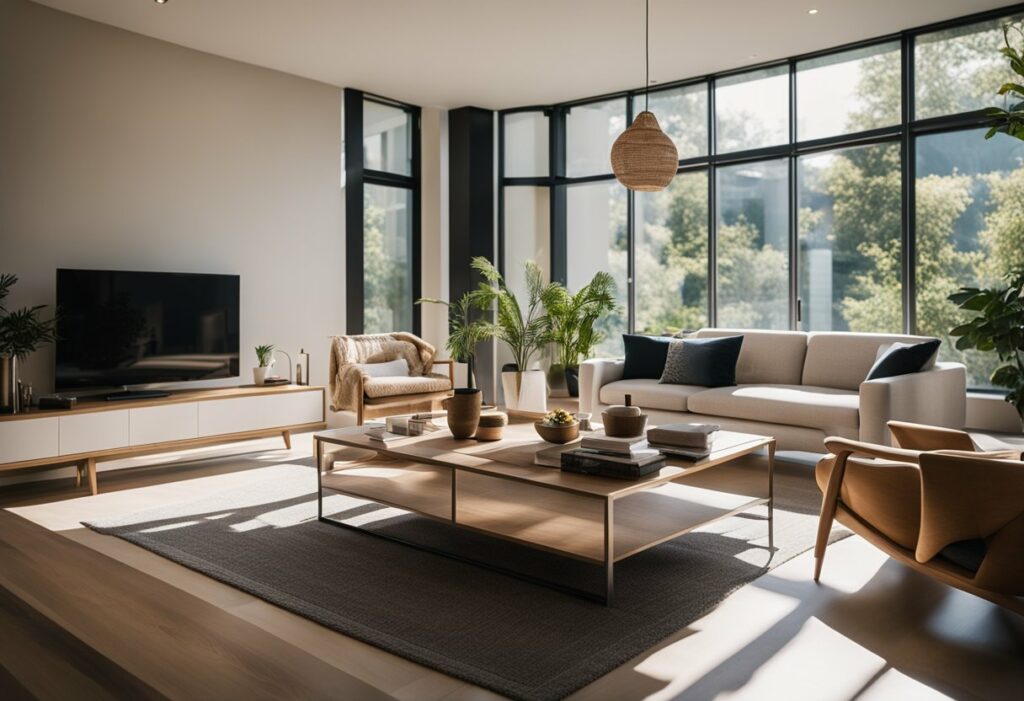Importance of Lighting in Interior Design PPT: Shedding Light on the Key Role of Lighting in Elevating Your Design Game!
Interior design is an exciting field that allows you to create beautiful spaces that are both functional and aesthetically pleasing. One important aspect of interior design that is often overlooked is lighting. Lighting can make or break a room, and it is essential to understand the importance of lighting in interior design.
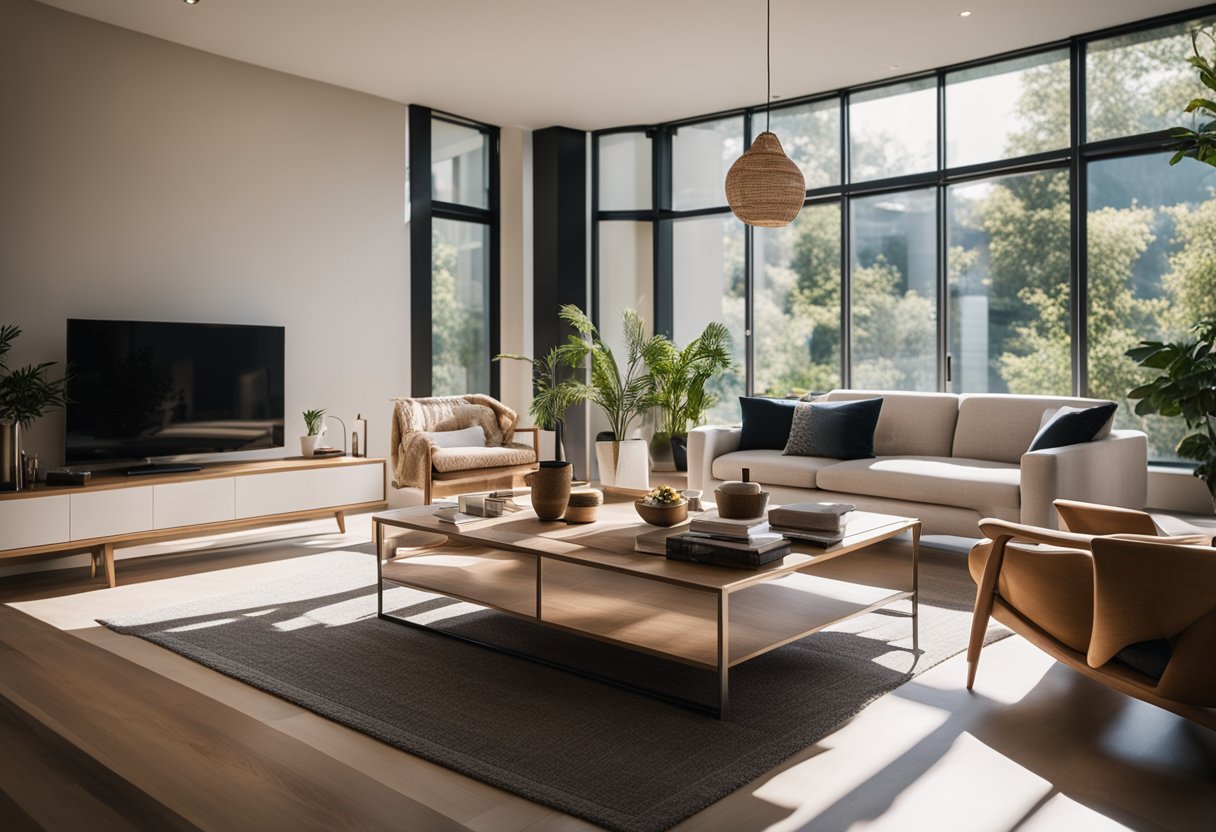
Good lighting design has the power to make interiors come alive. It can transform a space, create ambiance, and enhance the overall aesthetic of a room. In addition, lighting can affect our moods and behaviour. Bright, cool-toned lighting can increase focus and concentration, while dimmer, warmer lighting can induce relaxation and calmness. This means that lighting can be used to create different moods in different spaces, such as an energising study room or a cosy living room.
Key Takeaways
- Lighting is an essential aspect of interior design that can transform a space and enhance its aesthetic appeal.
- Good lighting design can affect our moods and behaviour, and it can be used to create different moods in different spaces.
- Understanding the importance of lighting in interior design is crucial to creating beautiful, functional, and aesthetically pleasing spaces.
Foundations of Lighting in Interior Design
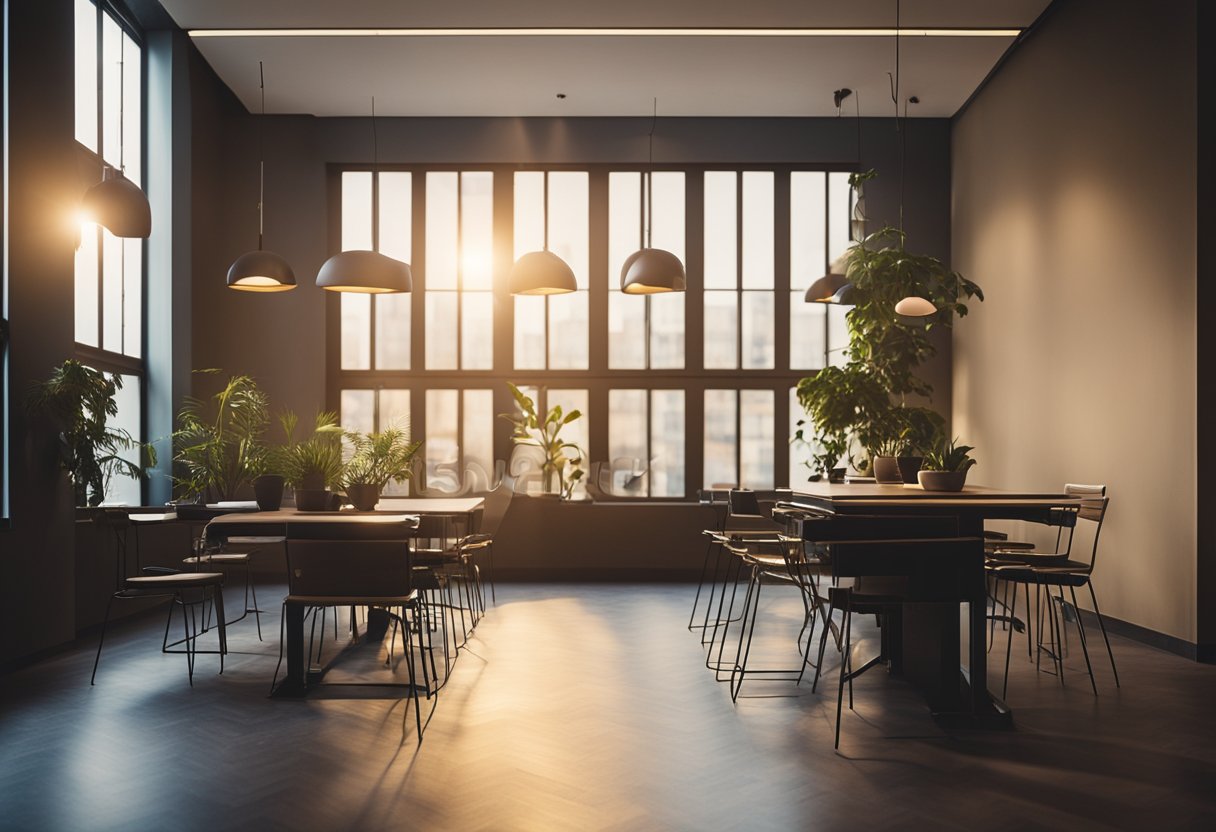
Lighting plays a crucial role in interior design. It has the power to transform a room by creating ambiance, enhancing colors and textures, and highlighting architectural features. A well-lit room not only looks beautiful but also feels comfortable and inviting. In this section, we will explore the foundations of lighting in interior design and how it can be used to create the desired atmosphere in your space.
Understanding Lighting and Space
Before you start designing the lighting scheme for your room, it is essential to understand the relationship between lighting and space. Lighting can create an illusion of space, make a room feel more spacious, or even make it feel cramped. It is crucial to consider the room’s size, shape, and function when designing a lighting plan.
The Psychology of Lighting
Lighting can have a profound effect on our mood, concentration, and productivity levels. The right lighting can create a comfortable and relaxing atmosphere, while inadequate lighting can lead to eye strain, headaches and even affect our sleep patterns. Understanding the psychology of lighting is essential when designing a lighting scheme.
Functional Aspects of Lighting
Lighting serves a variety of essential functions in interior design. Task lighting is essential for performing specific tasks such as reading, cooking, or working. Ambient lighting provides overall illumination and sets the mood of the room. Accent lighting is used to highlight specific design elements such as artwork, architectural features, or decorative objects.
Lighting and Room Dynamics
The lighting scheme should complement the room’s dynamics, such as the room’s size, layout, and function. A well-designed lighting plan can enhance the room’s functionality, safety, and aesthetics.
Natural vs. Artificial Lighting
Natural lighting is the best source of light, as it provides a wide spectrum of light and is beneficial for our health and well-being. However, not all rooms have access to natural light, and artificial lighting is necessary. It is essential to balance natural and artificial lighting to create a comfortable and inviting atmosphere.
Designing with Light
Designing with light involves creating a layered lighting scheme that combines ambient, task, and accent lighting. A well-designed lighting scheme should be functional, safe, and aesthetically pleasing.
Lighting Fixtures and Fittings
Lighting fixtures and fittings are essential elements of the lighting scheme. The right fixture can complement the room’s style and enhance its aesthetic appeal. It is essential to choose the right fixture for the right space.
Innovations in Lighting
Innovations in lighting technology have led to the development of smart lighting controls, LED lighting, and energy-efficient lighting solutions. These innovations have made it easier to create a well-designed lighting scheme that is both functional and sustainable.
Creating the Desired Ambiance
Lighting can create the desired ambiance in your space. Warm lighting creates a comfortable and inviting atmosphere, while cooler lighting can create a more modern and elegant feel. It is essential to choose the right lighting temperature to create the desired ambiance.
Accentuating Design Elements
Lighting can be used to accentuate specific design elements such as artwork, architectural features, or decorative objects. Accent lighting can create depth, shadows, and contrast, enhancing the room’s aesthetic appeal.
The Role of Lighting in Spatial Perception
Lighting can create an illusion of space, making a room appear more spacious than it is. It is essential to consider the room’s size, layout, and function when designing a lighting scheme to create the desired spatial perception.
Lighting and Interior Decor
Lighting can complement the interior decor of your space. The right lighting can enhance the room’s features and aesthetics, making it more inviting and comfortable.
Practical Considerations and Maintenance
When designing a lighting scheme, it is essential to consider practical considerations such as safety, functionality, and maintenance. The lighting system should be easy to maintain and operate, ensuring the longevity of the lighting scheme.
Sustainability and Eco-Friendly Lighting
Sustainability and eco-friendly lighting solutions are becoming increasingly popular. LED lighting and energy-efficient lighting solutions are not only sustainable but also cost-effective in the long run.
The Future of Lighting in Interior Design
Innovations in lighting technology are continually evolving, leading to new and exciting possibilities in interior design. The future of lighting in interior design is bright, with smart lighting controls, LED lighting, and energy-efficient lighting solutions leading the way.
In conclusion, lighting is an essential element of interior design that can transform a room’s aesthetics, functionality, and atmosphere. A well-designed lighting scheme should be functional, safe, and aesthetically pleasing. With the right lighting, you can create a comfortable, inviting, and beautiful space that reflects your personal style and taste.
Case Studies and Real-World Applications
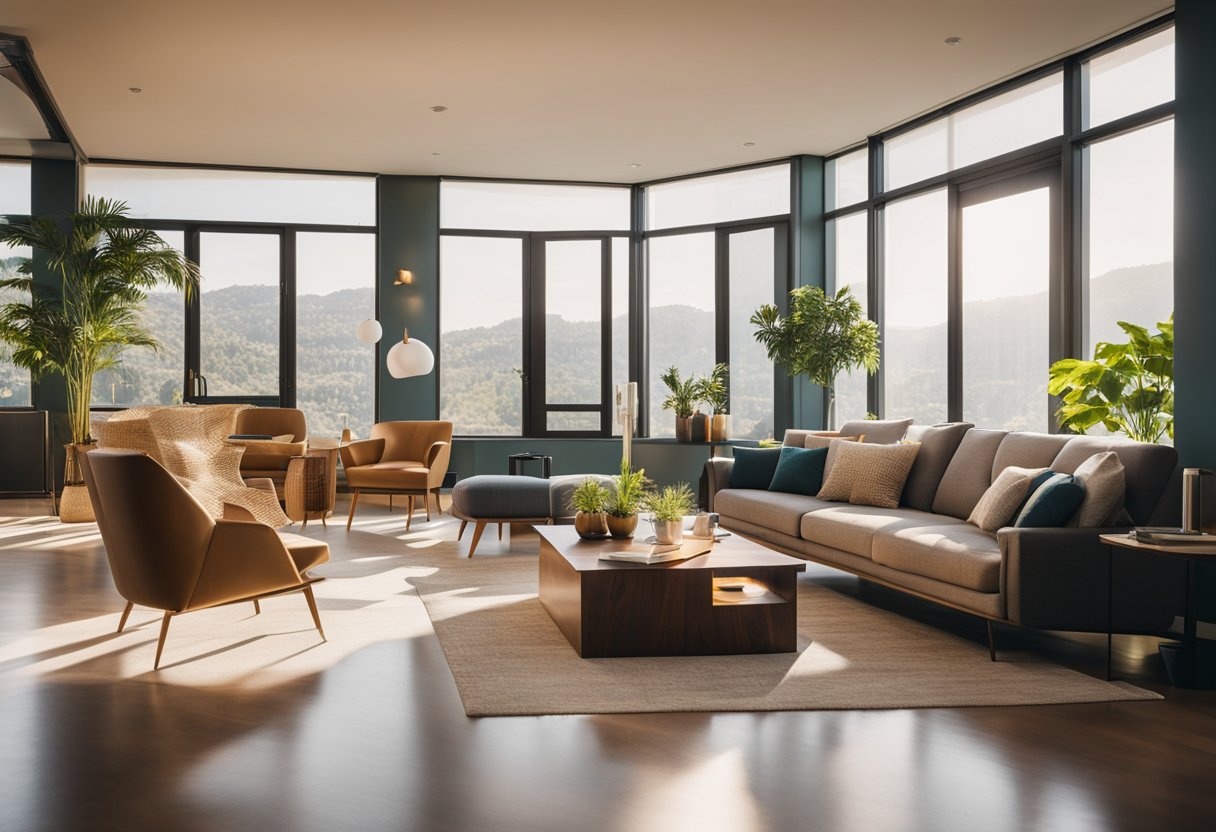
Residential Lighting Design
When it comes to lighting design for homes, it is crucial to strike the right balance between functionality and style. Good lighting can enhance the comfort and ambiance of your living spaces, while poor lighting can make them feel dull and lifeless. With the right lighting design, you can transform your home into a warm and inviting space that reflects your personal style.
Commercial Lighting Design
In a business setting, lighting design can have a significant impact on productivity levels and ambiance. The right lighting can create a welcoming atmosphere that encourages customers to linger longer and return. On the other hand, poor lighting can make a space feel uncomfortable and uninviting, leading to a decrease in productivity levels.
Iconic Interior Lighting Examples
Some of the most famous designs in the world have employed lighting to create a unique and memorable ambiance. From the glittering chandeliers of the Palace of Versailles to the futuristic lighting of the Guggenheim Museum in Bilbao, lighting has played a crucial role in creating these iconic spaces.
Transformations Through Lighting
Lighting can also be used to transform a space completely. With the right lighting design, you can make a small room feel more spacious, a dull room feel vibrant, and an outdated room feel modern. Before and after pictures of lighting transformations show just how powerful the right lighting can be.
Interviews with Industry Experts
Interviews with lighting designers and architects can provide valuable insights into the world of lighting design. Experts can share their experiences and offer tips on how to create the perfect lighting design for your home or business.
Lighting Design in Different Cultures
Lighting design is not just about functionality and style; it is also influenced by cultural differences. Different cultures have different attitudes towards lighting, and this can be seen in the way they use lighting in their homes and public spaces. Exploring these differences can provide valuable insights into the global diversity of lighting design.
Technological Advancements in Action
Advancements in lighting technology have led to the development of smart lighting controls that allow for greater control over your lighting design. With these systems, you can adjust the mood and ambiance of your living spaces with just a few taps on your smartphone.
The Impact of Lighting on Health and Wellbeing
Research has shown that lighting can have a significant impact on our health and wellbeing. Poor lighting can cause eye strain and headaches, while good lighting can improve our mood and productivity levels. Understanding the impact of lighting on our health and wellbeing can help us create better lighting designs for our homes and businesses.
Solving Design Challenges with Lighting
Lighting can also be used to solve design challenges. For example, if you have a room with low ceilings, you can use lighting to create the illusion of height. Similarly, if you have a room with an awkward layout, you can use lighting to draw attention away from the problem areas and towards the more attractive features of the room.
With these case studies and real-world applications, you can see just how important lighting is in interior design. Whether you’re designing a home or a business, lighting can make all the difference in creating a space that is functional, stylish, and inviting.
Frequently Asked Questions
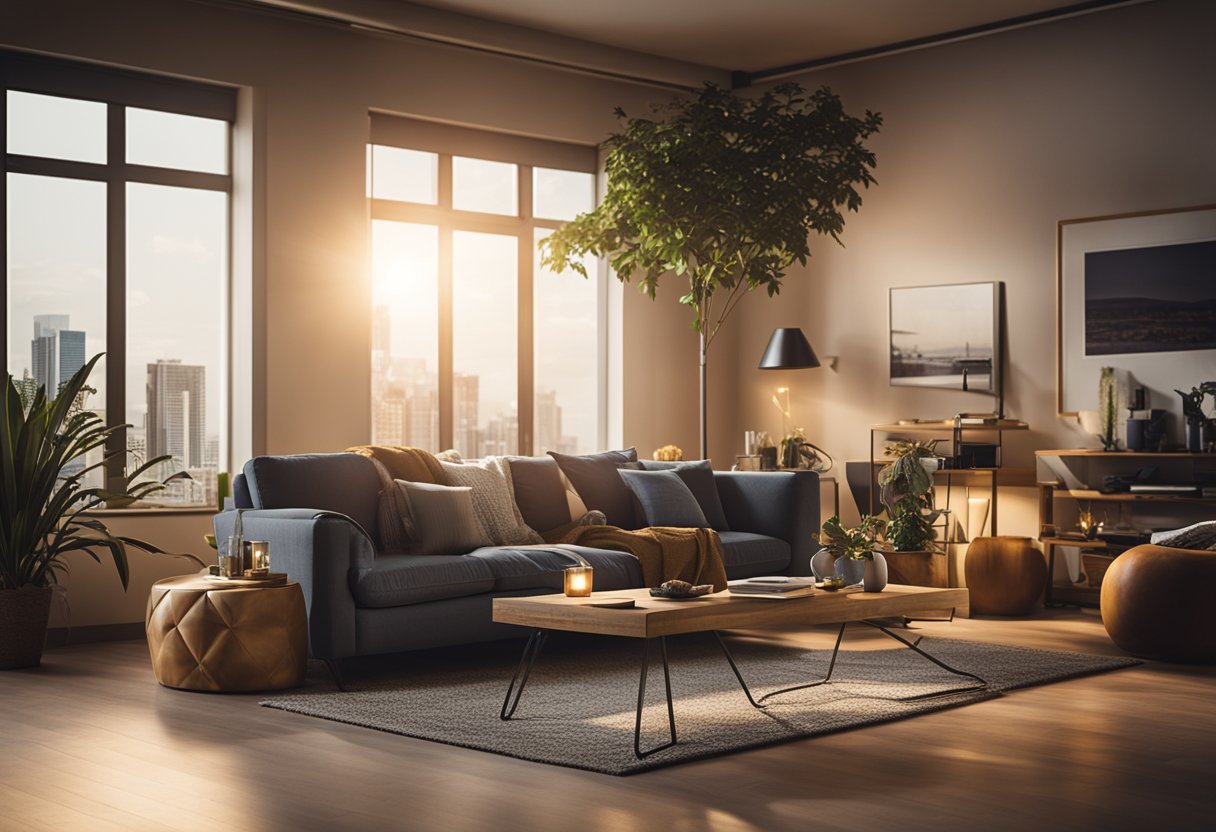
How does lighting enhance the mood and ambience of a room?
Lighting can have a significant impact on the mood and ambience of a room. Different types of lighting can create different moods, from warm and cosy to bright and energising. By using a combination of ambient, accent and task lighting, you can create a layered lighting scheme that enhances the overall feel of the space. For example, warm, dimmed ambient lighting can create a relaxed and intimate atmosphere, while bright task lighting can be used to create a focused and productive work environment.
In what ways does lighting contribute to the functionality of a space?
Lighting plays a crucial role in the functionality of a space. Task lighting, for example, can be used to illuminate specific areas where work or reading is done, while ambient lighting can provide overall illumination for the room. Effective lighting can also help to improve safety by ensuring that areas are well lit and hazards are easy to see.
What role does lighting play in colour perception within interior design?
Lighting can significantly impact how we perceive colours within a space. Different types of lighting can make colours appear warmer or cooler, which can affect the overall look and feel of the room. For example, warm-toned lighting can make reds and oranges appear more vibrant, while cooler-toned lighting can make blues and greens appear more subdued.
How can lighting be used to create focal points and highlight features in a room?
Lighting can be used to draw attention to specific areas or features in a room. For example, accent lighting can be used to highlight artwork, architectural features or decorative elements, while directional lighting can be used to create a focal point in a space. By using lighting in this way, you can add depth and interest to a room, and create a more dynamic and engaging space.
What are the benefits of incorporating energy-efficient lighting in interior design?
Incorporating energy-efficient lighting into your interior design can have a number of benefits. Not only can it help to reduce your energy bills and carbon footprint, but it can also provide a more sustainable and environmentally conscious approach to design. Additionally, many energy-efficient lighting options, such as LED bulbs, have a longer lifespan than traditional bulbs, which means they need to be replaced less frequently.
How does lighting affect the perceived size and layout of an interior space?
Lighting can have a significant impact on the perceived size and layout of a room. By using a combination of ambient and directional lighting, you can create the illusion of more space and depth within a room. For example, uplighting can be used to make a ceiling appear higher, while downlighting can be used to create the illusion of more space in a small room. By using lighting in this way, you can create a more visually appealing and functional space that feels larger and more open.

